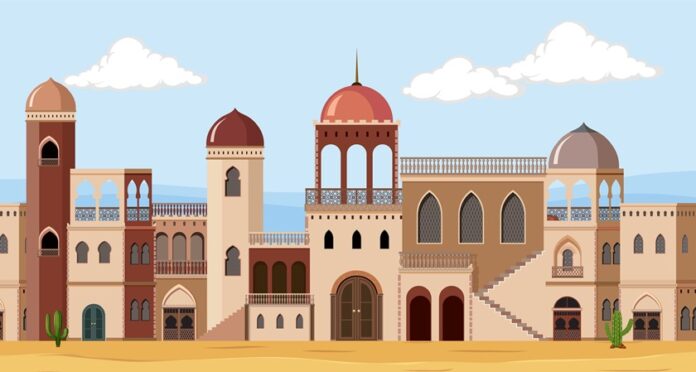A magnificent living reminder of the past may be found in the Indian subcontinent’s heartland, where centuries of history have been enacted: the Mughal Empire Tree. This majestic and enduring tree, with its sprawling branches and ancient roots, is a monument to the once-mighty Mughal Empire. This empire left an indelible mark on the subcontinent’s history.
The Magnificent Mughal Empire
The Mughal Empire, which flourished from the early 16th century to the mid-19th century, was one of the most formidable and culturally vibrant empires in history. Founded by Babur in 1526, the empire extended its influence across a vast expanse of the Indian subcontinent, encompassing present-day India, Pakistan, Bangladesh, and parts of Afghanistan.
Under the leadership of Mughal emperors such as Akbar, Jahangir, Shah Jahan, and Aurangzeb, the empire reached its zenith. A flourishing of art, architecture, literature, and culture marked it. The Mughal dynasty’s architectural prowess led to iconic structures like the Taj Mahal, the Red Fort, and the Jama Masjid, which continue to captivate the world with their grandeur and beauty.
A Living Witness
Amidst the historical remnants and architectural marvels of the Mughal era, there exists a living witness to that bygone era—the Mughal Empire Tree. This old tree, frequently located next to buildings and gardens from the Mughal era, has silently witnessed the rise and fall of empires, the passage of time, and the passing of generations.
These trees have been estimated to be several centuries old, making them contemporaries of the Mughal emperors themselves. They are typically found in gardens, courtyards, and near historic structures built during the Mughal era.
Symbolism and Significance
It symbolises resilience, endurance, and the continuity of history. Its presence in the vicinity of Mughal-era monuments serves as a tangible link to the past, connecting modern generations with the rich heritage of the Mughal dynasty.
One cannot help but be struck by the juxtaposition of the tree’s longevity and the fleeting nature of human existence. As it stretches its branches towards the sky, it reminds us of the enduring legacy of the Mughal Empire. Just as the empire has left an indelible mark on the Indian subcontinent’s history, the structure, with its deep-rooted history, continues to thrive and flourish.
The Role of Monuments in Conservation
In addition to its historical significance, the ancient structure plays a vital role in environmental conservation. These ancient trees have weathered the test of time and adapted to changing environmental conditions. They provide shade, shelter, and sustenance to various forms of wildlife, including birds, insects, and mammals.
Moreover, the presence of these trees within Mughal gardens and historic sites contributes to preserving green spaces in urban areas, fostering biodiversity, and enhancing the overall ecological balance. Their sprawling canopies offer respite from the scorching sun, inviting visitors to seek refuge in their shade and connect with nature.
Preserving a Living Legacy
As we cherish the historical and environmental significance of the monument, you must take measures to ensure its continued preservation. Conservation efforts by UNESCO, including regular maintenance, protection from disease, and safeguarding against adverse weather conditions, are imperative to sustain these living monuments.
In conclusion, the Mughal Empire Tree stands as a living monument to history, symbolising the enduring legacy of the Mughal Empire. These ancient trees, which have witnessed centuries of change, continue to thrive amidst the architectural wonders of the past. They serve as a bridge connecting the present with a bygone era, a reminder of the rich heritage and cultural treasures of the Indian subcontinent. As we admire their beauty and significance, let us also commit to their preservation, ensuring that they continue to grace our world as living witnesses to history.



